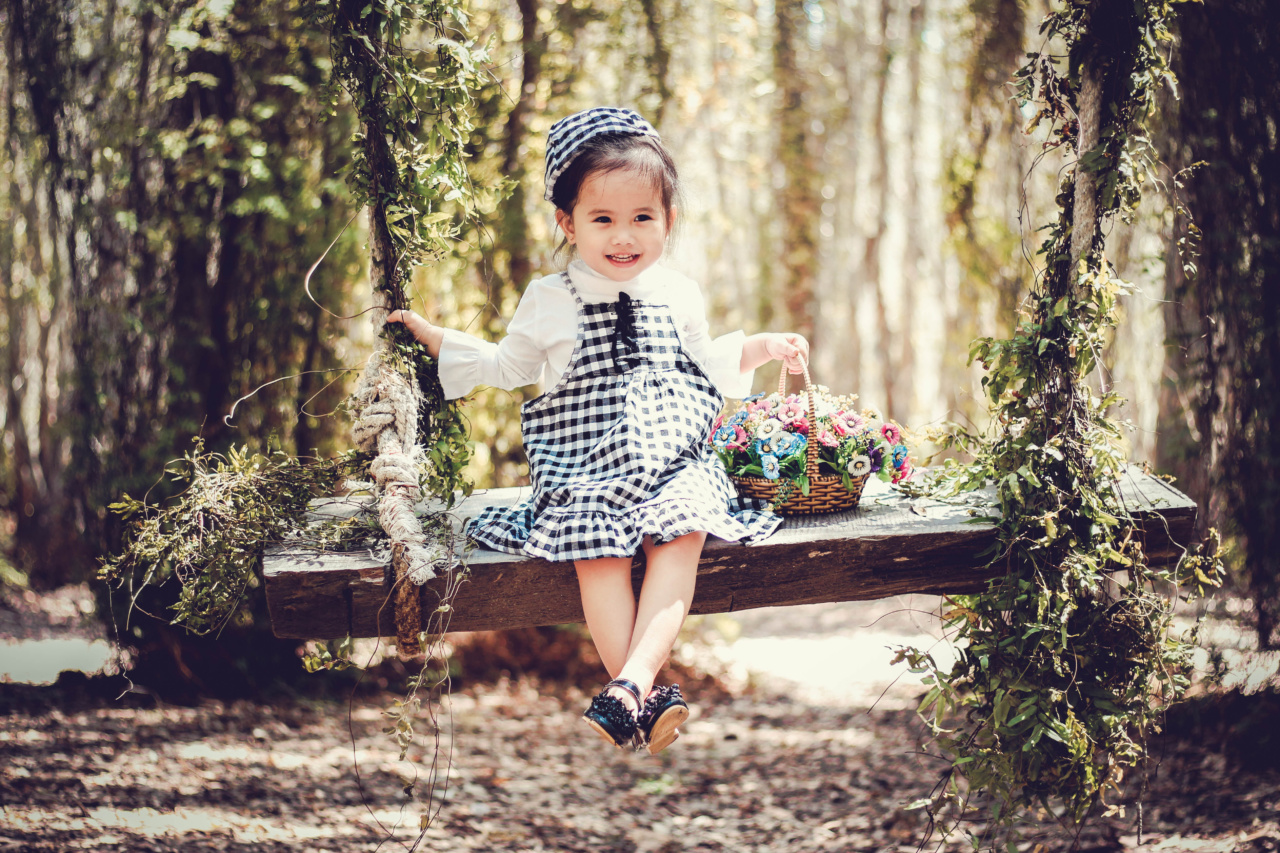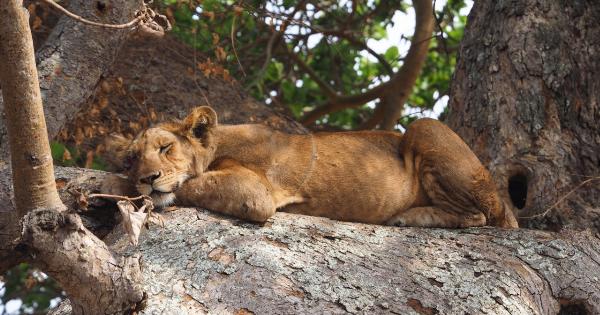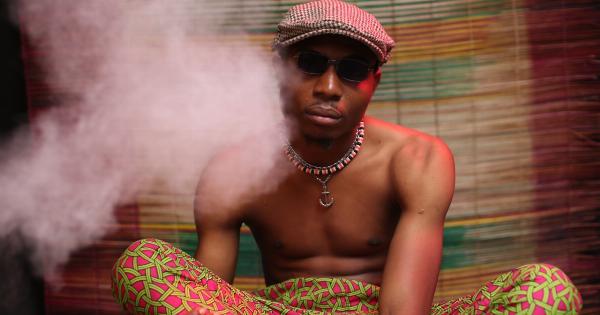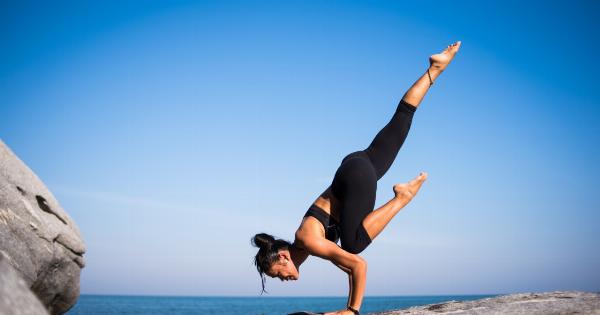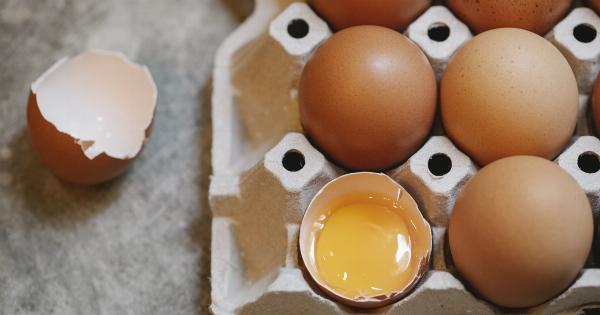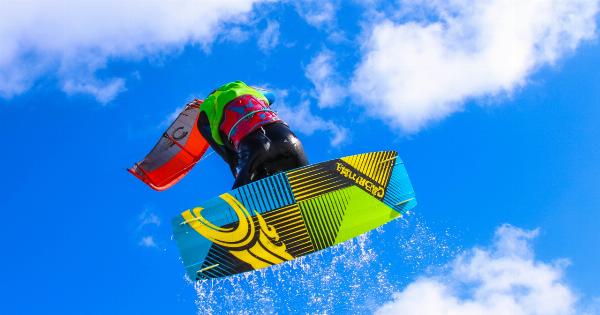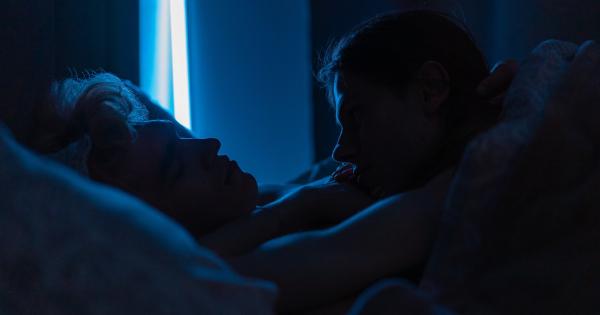Babies are delicate little creatures who require extra attention and care. Their sleep plays a significant role in their growth and overall well-being. Parents are often confused about when it is safe for their baby to sleep outside of a swing.
In this article, we will explore the different factors that can influence a baby’s sleep and safety.
Factors that determine when a baby can sleep outside a swing
Before you transition your baby from sleeping in a swing to a flat surface such as a crib, there are a few factors you should consider. These factors include:.
Age
The age of a baby is a significant safety factor when it comes to sleep. A newborn baby, for example, should always sleep in a crib or bassinet with a firm, flat surface until they reach the recommended age.
At around four months of age, when a baby begins to develop motor skills and can roll over on their own, it is safe for them to sleep on their stomachs or sides. Additionally, infants are able to sleep on a flat surface instead of a swing at around three months old.
Weight and Size
Another factor to consider when transitioning your baby to flat surface is their size and weight. If a baby has outgrown a swing or no longer fits comfortably, it’s time to consider transition them to a crib or bassinet.
Additionally, if a baby is too small or underdeveloped, they might not be able to breathe safely on their own in a crib or bassinet.
Sleep environment
The sleep environment can also influence a baby’s sleep and safety. The crib or bassinet should be free of any objects that could block their airways, such as blankets or pillows.
It should also be placed in a room with a comfortable temperature and good ventilation. Additionally, the crib should be placed away from any windows, blinds, or cords, which could potentially cause harm to the baby.
Baby’s Health
The baby’s health is also a factor to be considered when transitioning to a flat surface. A baby who has difficulty breathing, for example, may need a more upright sleeping position or room humidifier to help them breathe more comfortably.
If your baby has special needs, it’s best to consult with your pediatrician before transitioning them to a flat sleeping surface.
Sleeping Habits
Baby’s sleeping habits can also influence when to move them to a flat surface. If a baby is used to sleeping in a swing or sitting position, it’s best to transition them gradually to a flat surface.
You can start by using a sleeping wedge or placing a firm pillow underneath the mattress, gradually decreasing the angle until they adjust to sleeping on a flat surface.
Safety Tips for Baby’s Sleep
Regardless of whether your baby is sleeping in a swing or a crib, safety should always be a top priority. Here are some tips to ensure your baby’s safety while sleeping:.
Use a Firm and Flat Mattress
A mattress that is too soft can create an indentation, potentially causing the baby’s head to get stuck. Ensure that the crib mattress is firm and flat to avoid such hazards.
Do Not Overdress the Baby
Overheating can cause discomfort and also plays a role in sudden infant death syndrome (SIDS). Dress your baby in light and comfortable clothing or swaddling blankets.
Do Not Use Blankets or Pillows
Keep all blankets, pillows, and stuffed animals out of the baby’s sleep area. Such items can potentially block the baby’s airways or cause suffocation.
Place the Crib or Bassinet in a Safe Location
The crib or bassinet should be placed away from windows, blinds, or any cords that could cause harm to the baby. Additionally, the crib or bassinet should not be placed in a high traffic area where other children or pets may accidentally knock it over.
Always Place the Baby on Their Back
To reduce the risk of Sudden Infant Death Syndrome (SIDS), always place your baby on their back to sleep. This will help to reduce the risk of obstruction to their airways.
Conclusion
Transitioning your baby from a swing to a flat surface can be challenging, but by considering the various factors discussed in this article, you can ensure your baby’s safety and comfort while they sleep.
Remember, the safety of your baby is always a top priority. Always consult with your pediatrician if you have any concerns or questions regarding your baby’s sleep safety.
